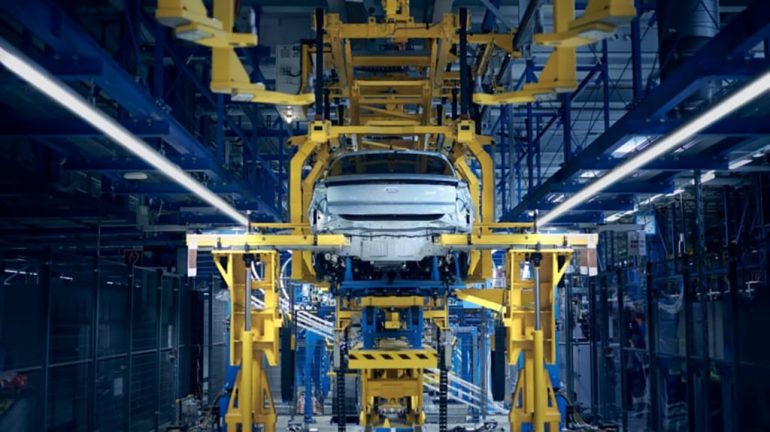
Ford Motor recently disclosed that the new labor deal with the United Auto Workers (UAW) union will cost the company $8.8 billion. This announcement follows in the footsteps of rival General Motors (GM), which also revised its profit forecast downward due to the impact of a prolonged strike at its U.S. plants. The agreement reached with the UAW, after weeks of intense negotiations, is expected to increase labor costs by about $900 per vehicle by 2028. Ford is committed to offsetting this increase by implementing cost-cutting measures in other areas.
In light of the labor deal and the strike-related production losses, Ford has adjusted its full-year profit forecast for 2023. The automaker now anticipates adjusted earnings before interest and taxes (EBIT) in the range of $10 billion to $10.5 billion, down from the initial projection of $11 billion to $12 billion provided in July. Despite this revision, some analysts, like Citi’s Itay Michaeli, find the reinstated guidance encouraging, leading to a 1.4% increase in Ford’s shares.
The revised forecast includes an estimate of $1.7 billion in lost profits directly attributed to the strike, which also resulted in approximately 100,000 fewer wholesale vehicle sales. Notably, Ford’s announcement follows GM’s declaration that its new labor deals with both the UAW and Canadian union Unifor will cost the company $9.3 billion through 2028. GM responded to this financial challenge by initiating $10 billion in share buybacks and a 33% dividend increase.
Ford’s negotiation process with the UAW gained public attention, with the union chief, Shawn Fain, livestreaming updates and accusing automakers of enjoying record profits without adequately sharing them with workers. The strikes, which lasted nearly six weeks and involved thousands of workers across the United States, led Ford to initially express concerns about the financial impact on higher wages and benefits. However, Fain’s persistence ultimately led Ford to improve its offer.
The final agreement approved by UAW leaders includes a pay hike of at least 30% for full-time workers, more than double pay for others, $8.1 billion in manufacturing investments, and various other benefits for workers. Despite this, uncertainty surrounding the ratification of the deal prompted Ford to withdraw its 2023 forecast in October. The company is also grappling with losses in its electric vehicle (EV) business due to softening consumer demand, resulting in a $12 billion reduction in future EV investment plans.
In conjunction with the labor deal, Ford also adjusted its 2023 adjusted free cash flow forecast, lowering it to between $5.0 billion and $5.5 billion from the previous estimate of $6.5 billion to $7 billion. These financial adjustments reflect the complex challenges and negotiations faced by automakers in an industry undergoing significant changes, including the transition to electric vehicles. Ford’s Chief Financial Officer, John Lawler, is expected to provide further insights into these developments at an upcoming conference.

Lloyd Tobias is a seasoned automotive journalist and passionate enthusiast with over 15 years of experience immersed in the world of cars. Whether it’s exploring the latest advancements in automotive technology or keeping a close pulse on breaking industry news, Lloyd brings a sharp perspective and a deep appreciation for all things automotive. His writing blends technical insight with real-world enthusiasm, making his contributions both informative and engaging for readers who share his love for the drive. When he’s not behind the keyboard or under the hood, Lloyd enjoys test driving the newest models and staying ahead of the curve in an ever-evolving automotive landscape.